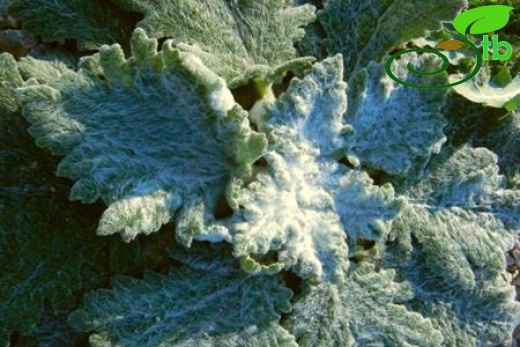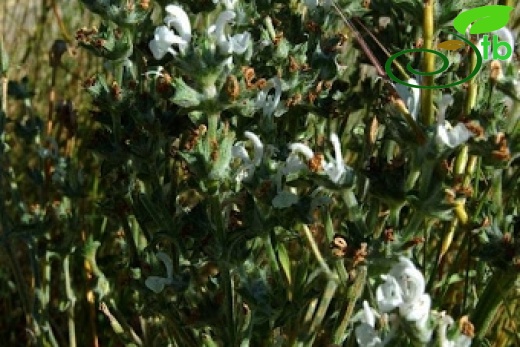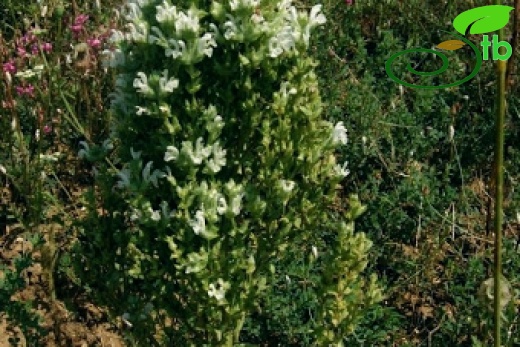Salvia aethiopis
Salvia aethiopis
Habeş adaçayı
Biennial or perennial herb. Stems erect, sturdy, quadrangular, 25-60 cm, eglandular lanate, hairs denser below, with sessile glands. Leaves simple, mostly basal, ovate-elliptic to oblong, 10-21 x 5-9 cm, ± lanate rugose, erose; petiole 4-9 cm. Inflorescence widely branched, candelabriform, many-flowered. Verticillasters 4-6-flowered, approximating above. Bracts broadly obovate, c. 12 x 15 mm, cuspidate, sparsely pilose. Calyx tubular-ovate, c. 12 rnm, densely lanate, in fruit to c. 15 mm; upper lip tridentate, median tooth shorter. Corolla white, c. 15 mm, often with a pale yellow lip; tube abruptly ventricose, squamulate; upper lip falcate. Stamens B. Nutlets rounded trigonous, ovate, c. 3 x 2 mm. Fl. 5·8. Steppe, igneous and limestone slopes, fallow fields, roadside banks, nr s.l.-2100 m.
C. & S. Europe, Caucasia, Crimea, Iran. Introduced in N. America.







